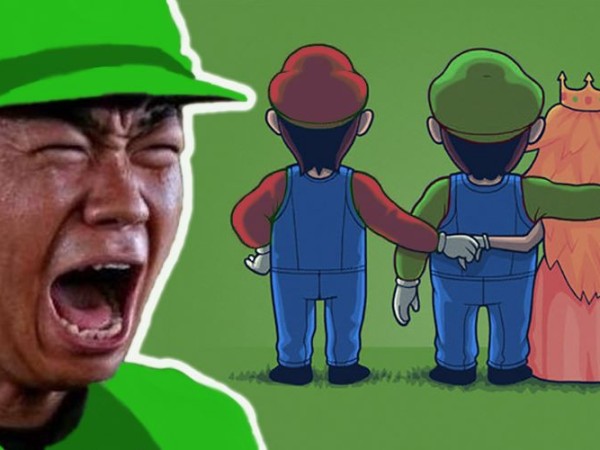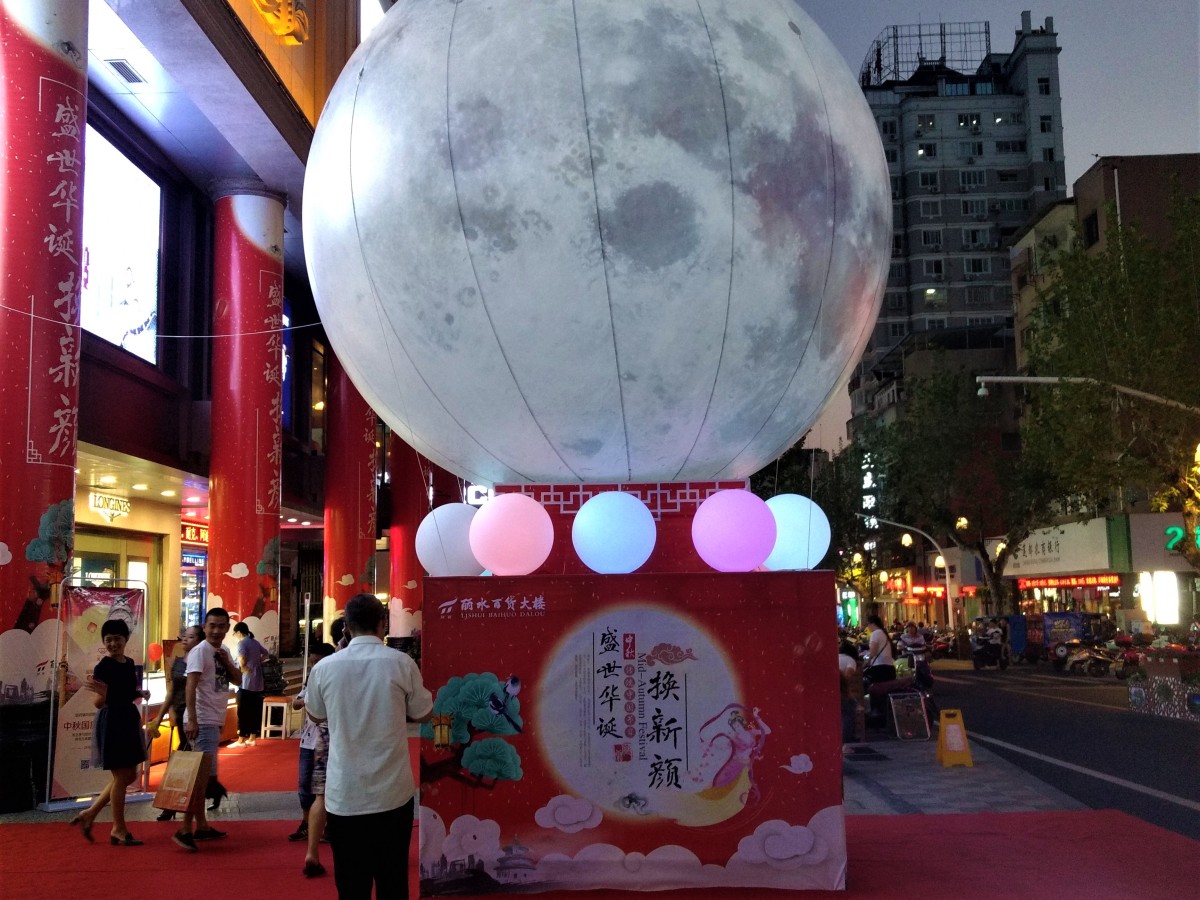Imagine you are in a museum perusing the exhibits when you suddenly feel something is a bit off. Unable to put your finger on it, you glance carefully around the glass cases and do a double take. With dawning horror, you realize the animal in front of you was stitched together with the wrong body parts!
Looking around, you further notice there is something wrong with the other animals. Some appear to have eyes that are looking in opposite directions. You see mouths sewn upwards into unnatural smiles. Limbs are positioned in ways they were never meant to bend. Before your very eyes, the exhibit has morphed into a nightmarish fun house of the comical and the grotesque!
Now this may sound like a farfetched story, but it is close to what I have experienced in quite a few museums in China through the years. After my initial observation of a strange chipmunk in the tiny town of Lishui, I began noticing more bad taxidermy in other Chinese museums. In fact, the more I traveled around the country, the more I discerned that this might be a nation-wide issue rather than a small town quirk.
In this post, I share a few of my photos of preserved animals that I have found particularly fascinating – animals that appear so far removed from normality that they would fit right in with the likes of Tim Burton’s Frankenweenie or Stephen King’s Pet Cemetery!
The Lishui Museum
Honestly, I thought this was a fluke at first. I remember visiting the flora and fauna section of the Lishui Museum and having my eyes drawn to an unusual-looking chipmunk. I stared at it thinking, “Wow, that’s weird. Whoever runs this show must have bought their taxidermy on discount.”

Lishui, being a small rural town in Zhejiang Province, did not have the best reputation for being on top of things. It was entirely possible that the curators of this museum did not understand how animal anatomy worked, or if they did, they might have just assumed the public would not care. I shrugged this chipmunk off as an anomaly. I would later learn that I was greatly mistaken.
The Shanghai Natural History Museum
Many are familiar with the Shanghai Natural History Museum’s extensive collection of dinosaur bones and gasp-inducing preserved human fetuses, but this museum has so much more to offer with its historic collection of bad taxidermy. This is because The Shanghai Natural History Museum is where the art of preserving specimens in China first started!



The establishment of Shanghai Natural History Museum by the British and American expat-led North-China branch of the Royal Asiatic Society was the catalyst that would eventually lead to the animals shown in this post. The first Chinese taxidermists began training around 1874 under the guidance of the Royal Asiatic Society. Many of their descendants continue the trade to this day, although the numbers are small.
As of 2018, the Global Times China reported that there were about 100 taxidermists in China, most of them in their 40s. This number does not account for the dubious government sponsored licensing of businesses that trade in exotic animal pelts, the selling of rare animal carcasses from zoos and circuses for private collectors, or citizens who pay to have their pets preserved by amateur taxidermists.

The Chengdu Giant Panda Breeding and Research Base
One would assume with Chengdu, Sichuan Province being the panda capital of the world and the location of the largest panda sanctuaries, they would have their panda taxidermy down flat. Nope! Here are some truly unique specimens of China’s national treasure:




Additionally, it is enthralling how many of the non-panda taxidermy presented at the Chengdu Panda Breeding and Research Base have elongated, pointy faces:






I’m definitely not the only one who has noticed these strange creatures at the Chengdu Panda Base. The two pictures below of a flying squirrel and a fox were taken by neverendingpiethrowingrobot and shared on Imgur on August 2014.
Check out their link in my list of sources at the end of this post for more of their humorous pictures!
The Heilongjiang Museum
Harbin, Heilongjiang Province may be famous for its Snow and Ice Festival, its history with the Russians, it’s painful Siberian Tiger Park, and Japan’s WW2 biological warfare experiments on its locals, BUT for my husband and me, we will forever remember it for the moose with the wrong antlers!

Why someone decided to disrespect this moose by gluing deer antlers to its head is beyond me.
Located directly across from the hybrid moose was a herd of deer with this sad sight of a mother deer and her fawn. Apparently someone had just left the fawn leaning against its mother.

There were also more exhibits of animals seemingly shoved together without rhyme or reason – for example this beautiful picture below of a jaguar with wild boars, bears, and birds:




And oh, don’t get me started on the tigers!


Once You See It, You Can’t Unsee It
I hope you have enjoyed this glimpse into the truly creative art of bad Chinese taxidermy! It is a gift that keeps on giving, and for that, I am grateful. No matter the size of a Chinese city, if it has a museum, chances are high that one is sure to find some funky-looking dead animals there!
Until next time,
Steph ❤

Like this post? Pin it for later!

Sources:
MannyLaMancha. (2020). Went to the Shanghai Natural History Museum Today. I Think the Taxidermist Was Out Sick on Lion Day. Reddit. Retrieved October 15, 2021, from https://www.reddit.com/r/funny/comments/i5i2e9/went_to_the_shanghai_natural_history_museum_today/
Minghe, Lü. (2013, September 16). China’s profitable trade in stuffed rare animals. China Dialogue. Retrieved October 12, 2021, from https://chinadialogue.net/en/business/6359-china-s-profitable-trade-in-stuffed-rare-animals
Neverendingpiethrowingrobot. (2014, August 29). Taxidermy at the Panda Research Base in Chengdu, China. Imgur. Retrieved October 15, 2021, from https://imgur.com/gallery/mqcgS/comment/275941128/1?nc=1
Tai, Li-chuan (2021). The Shanghai Museum and the introduction of taxidermy and habitat dioramas into China, 1874–1952. Archives of Natural History, 48(1), 111-130. doi:10.3366/anh.2021.0691. Retrieved October 11, 2021, from https://www.euppublishing.com/doi/abs/10.3366/anh.2021.0691?journalCode=anh
Xie, Wenting (2018, March 11). Morbid or memorial? New trend in China sees dead pets stuffed and mounted. Global Times. Retrieved October 11, 2021, from https://www.globaltimes.cn/content/1092713.shtml
Yang, Meiping. (2018, July 02). Taxidermy is a dying skill in a remarkable family of animal preservers. Shine. Retrieved October 12, 2021, from https://www.shine.cn/news/metro/1807027762
Similar Posts:
Bayberries (杨梅): An Intriguing Sweet and Sour Fruit
Chinese bayberries are fascinating. Striking the perfect balance between sweet and tart, these berries have long been an inspiration for ancient Chinese poems and legends.
To commemorate bayberry season, I have taken a closer look at this…
Cùn: The Chinese Inch (寸)
Units for measurements around the globe developed from what was easily available, namely body parts. For instance, hands were used to measure the height of horses, human feet for distance, and even the average length a physicist’s beard…
Why Wearing a Green Hat Symbolizes Infidelity in China (戴绿帽子)
No other class on a Western holiday elicits such a visceral reaction from my students, and not for reasons you might assume! It is due to green hats being the unofficial symbol for infidelity in China. What scandal…
Legends of the Split Pinky Toenail
If split pinky toes are a common characteristic among other nations and races, then why do some Han Chinese feel strongly possessive about it?
Ikea in China: Where Locals Come for Selfies, Picnics, and Some Z’s
Ikea in China has become synonymous as a place for all-day family outings, to the frustration of its workers and the amusement of expats expecting a “normal” Ikea shopping experience.
Happy Mid-Autumn Festival! 中秋节快乐!
I often liken the Mid-Autumn Festival to Thanksgiving in the USA, but Mid-Autumn festival has more similar counterparts in Korea and Japan (with the Chuseok and Tsukimi holidays). During this holiday in China, family members will cook and…
It’s Mulberry Season!
Long rows of short, crowded mulberry trees stretched far beneath covered canopies of mesh wire fencing and plastic tarps. We’d driven a bit further out of the main area of town, near the old abandoned west bus station…
The Sad Closure of Lishui’s Only Walmart
Word leaked about a month ago that Lishui’s Walmart was to close on April 16, 2019. A document in Chinese that was shared on wechat sent shock waves through our town. While Walmart hasn’t always had it easy…
Happy Year of the Pig!
新年快乐! 恭喜发财! Spring Festival is upon us! This February 5th, 2019 marks the beginning of the year of the Pig! Why is this important? It’s is the final year in the 12th-year zodiac cycle! This means we can…












These are too funny, I’m a little sad I didn’t visit any of these museums when I was in China!
LikeLiked by 2 people
Hopefully on a return trip you can visit some of these awkward specimens!
LikeLiked by 1 person
Wow oh my goodness, bad taxidermy is so scary!! Actually, in a way all taxidermy is kind of scary. This was such an interesting post and definitely made me laugh.
LikeLiked by 2 people
Thank you! I agree – all taxidermy are frightening in their own way . Glad you enjoyed it!
LikeLiked by 1 person
That “happy” lion picture cracked me up. Taxidermy is incredibly scary to me… things that are dead should organically return to the ground.. not stuffed. Great read nonetheless!
LikeLiked by 1 person
I can understand that – they are pretty creepy!
LikeLiked by 1 person